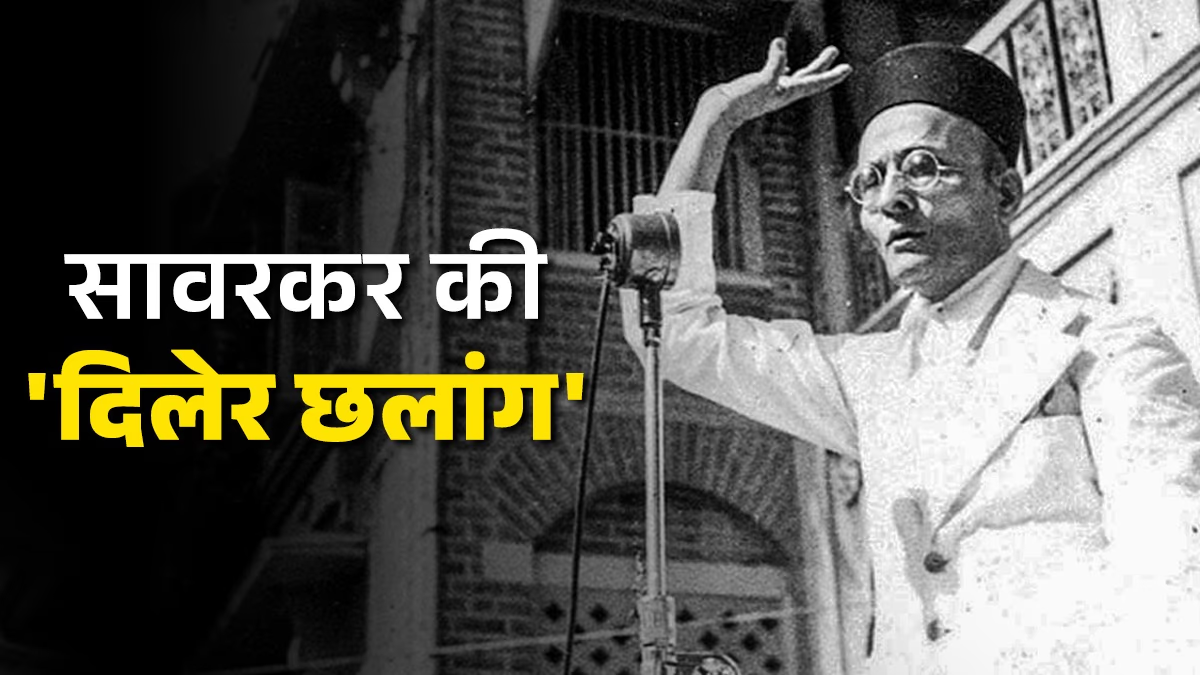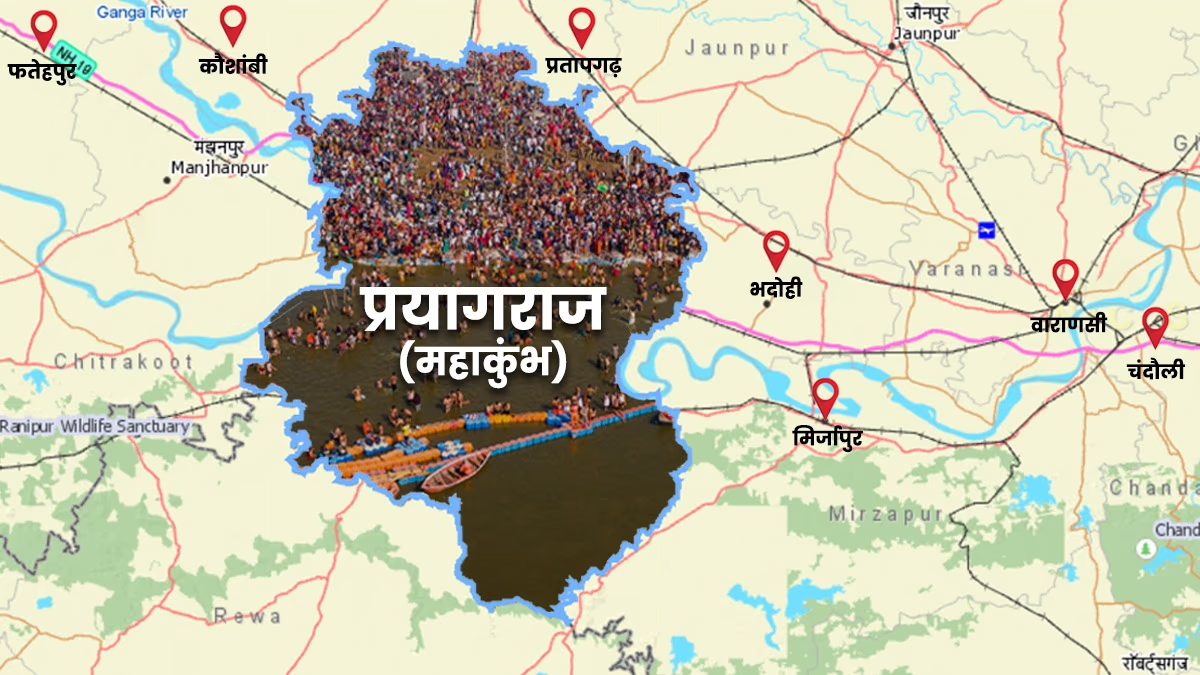The city of Marseille in France lies along the serene Mediterranean coastline. Amidst these waters, an individual swam vigorously, bobbing with fluctuating intensity, as British soldiers aimed and fired. This swimmer was a 'prisoner' in British custody who had daringly leapt from the porthole of a ship bound for India from Britain.
Determined soldiers plunged into the sea, attempting to capture the relentless 'revolutionary prisoner,' relentless in his bid for freedom by swimming to shore.
The daring escape aimed at reaching France's Marseille, where allies awaited support. Under the sun-drenched morning, the swimmer glimpsed the city and intensified his strokes.
In his address at Marseille, Prime Minister Modi commemorated this bold prisoner, Vinayak Damodar Savarkar, remarking on his audacious escape as a 'courageous leap' in his post.
The prisoner we discuss above is none other than Savarkar's legendary courageous leap.
On social media, Modi shared, "Arrived in Marseille. This city holds special significance in India's pursuit of freedom, as this is where the great Veer Savarkar bravely attempted to escape. I express gratitude to the people of Marseille and certain French activists of the time who opposed his handover to British custody. Veer Savarkar's courage will continue to inspire generations."
How and why did Savarkar fall into British captivity, and what happened on the ship?
On July 8, 1910, Savarkar made the leap for freedom. That morning, he requested permission from his guards to go to the restroom. The ship transporting him from Britain had anchored at Marseille the previous evening.
In an account by senior journalist Rehan Fazal, quoting Ashutosh Deshmukh who authored 'Braveheart Savarkar', it's noted that Savarkar deliberately donned a nightgown. Restroom windows were monitored, so he used the gown to obscure their view.
According to 'Braveheart Savarkar', he calculated his ability to exit through the porthole. Indeed, he managed to squeeze through and plunged into the sea, beginning his swim.
In the sea, Savarkar injured himself, blood flowing, as British pursuers also leapt into the water and gave chase.
Deshmukh writes, "Savarkar swam for approximately 15 minutes before reaching the shore. Upon landing, he sprinted rapidly, covering a significant distance swiftly."
Reaching Marseille out of breath, he wore barely any clothes. Trams and cars were bustling through the city.
Suddenly, he encountered a policeman. Not knowing French, Savarkar appealed in English, "I seek political asylum. Take me to a magistrate."
Being a law student in London, Savarkar knew he hadn't breached French laws, assuming the police might arrest him but with no charges.
However, amidst early morning debate over this stranger's motivations, his British pursuers arrived, shouting 'thief'.
Despite vehement protest, the British soldiers coerced Savarkar into detention.
Savarkar's fleeting escape came to a swift end, leading to years of incarceration and hardship over the subsequent 25 years.
Why was Savarkar arrested?
Studying law in London in 1910, Savarkar hadn't faced charges there. So why did British police arrest him on March 13, 1910?
The answer lies in the story of India's independence struggle.
In Nashik, during a theatrical performance of the Marathi play 'Sharda' on December 21, 1909, a young revolutionary, Anant Laxman Kanhare, fired four bullets into the chest of the departing collector Jackson.
British investigations revealed that the gun used by Kanhare came from London, sent by Savarkar. Consequently, British police arrested him at London's railway station on March 13, 1910, and ordered his transfer to Bombay for trial.
On July 1, 1910, Savarkar embarked on the British ship SS Morea for this journey back to Bombay.




